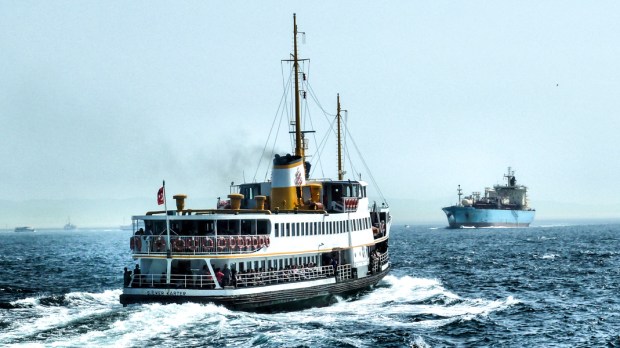As Christianity was firmly established in various countries, there arose a need to organize the communities of Christians into a manageable system. This task first began in the 4th century and was refined over the years, culminating in the 16th century with the Council of Trent.
It was at Trent that bishops were instructed to clearly define parishes and the priests who would serve them. Specific boundaries were established so that the priest understood to whom he was ministering. This was a geographical boundary determined by the number of souls present in a specific region.
The parish priest (also known as the “pastor”) had the care of all souls living within his boundaries. He was obliged to attend to their spiritual needs and provide the sacraments. As needs demanded, a pastor could be assisted by additional priests who would work under his instruction.
The current Code of Canon Law further specifies that a parish is “a certain community of the Christian faithful stably constituted” and established by a bishop.
While it is true that “as a general rule a parish is to be territorial, that is, one which includes all the Christian faithful of a certain territory,” Canon Law provides for groups of Christians that are not bound by territorial boundaries.
In the United States this has taken many different forms and since the invention of the automobile, parish boundaries are typically not enforced as a hard-and-fast rule. This means individuals who reside outside of a particular parish are free to enroll in any parish, regardless of location.
Parishes as ships
Spiritually speaking, parishes are meant to be “ships” that bear a specific group of souls to heaven. The word parish is derived from the Greek paroikos, meaning “a sojourner.” It is used in the Acts of the Apostles where Stephen speaks about the history of the Jewish people, explaining how they were “aliens in a land not their own” (Acts 7:6). In this way a parishioner is truly a “sojourner,” a pilgrim journeying towards his/her heavenly homeland.
It should then come as no surprise that we find in the Apostolic Constitutions, a document written in the 4th century, the following analogy.
When you call an assembly of the Church as one that is the commander of a great ship, appoint the assemblies to be made with all possible skill, charging the deacons as mariners to prepare places for the brethren as for passengers, with all due care and decency. And first, let the building be long, with its head to the east, with its vestries on both sides at the east end, and so it will be like a ship.
Furthermore, it is no coincidence that the part of every church where the people sit is called a nave. This word comes from the Latin navis, or ship, and was meant to portray the reality that the Church is a ship, protecting those inside it from the waves and buffets of the world.

Read more:
Ships in art: Symbols of the Church and our pilgrimage to heaven
Each pastor then is the “captain” of his ship of souls, entrusted with the weighty task of guiding the souls in his boat to the Eternal Shores of Heaven. It is not an easy task! This is why the priest depends greatly on the involvement of his flock. Lay people, as well as deacons, help “man the oars” of the ship, taking leadership roles that propel the ship in the direction that the “breath” of the Holy Spirit is moving its sails.
So the next time you visit your parish, remember the analogy of the ship. It will help you understand the responsibility every pastor has, especially when they have been put in charge of 3 or 4 “ships”!

